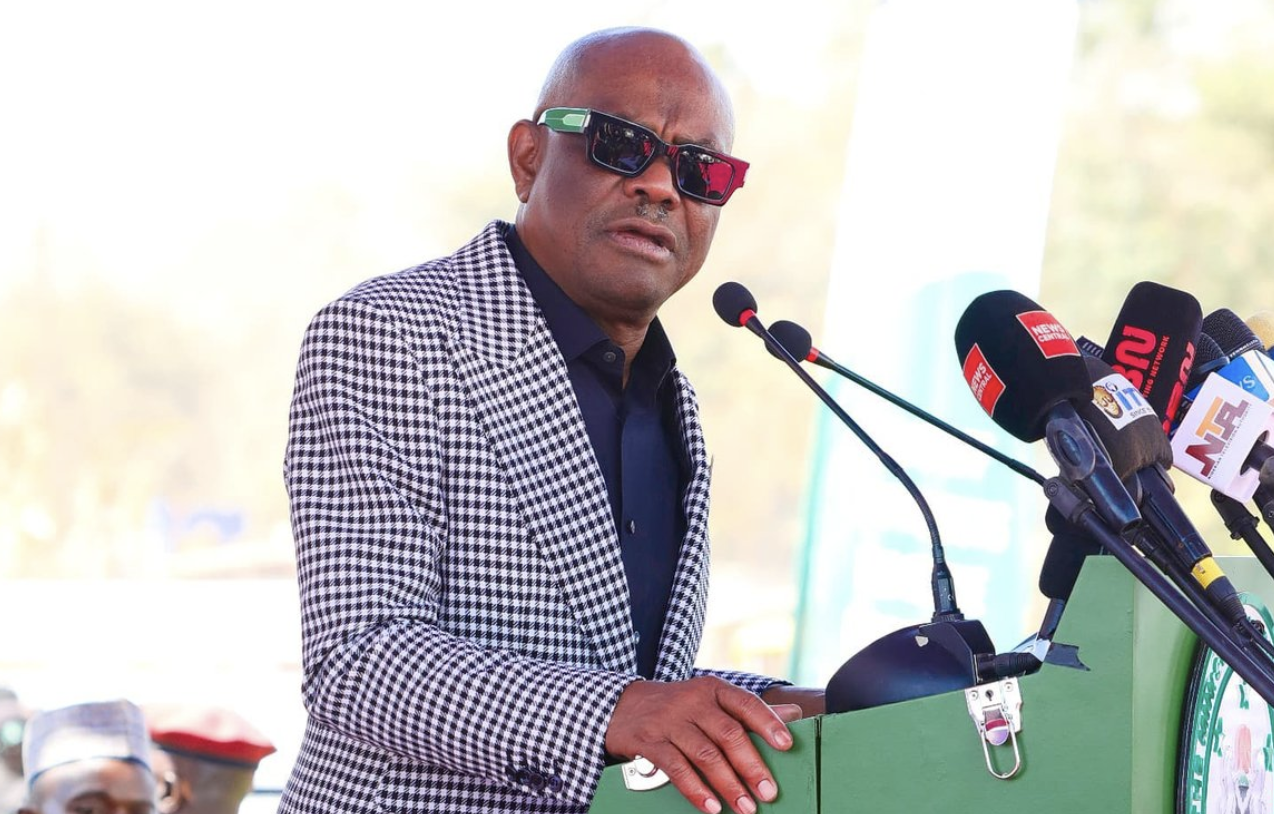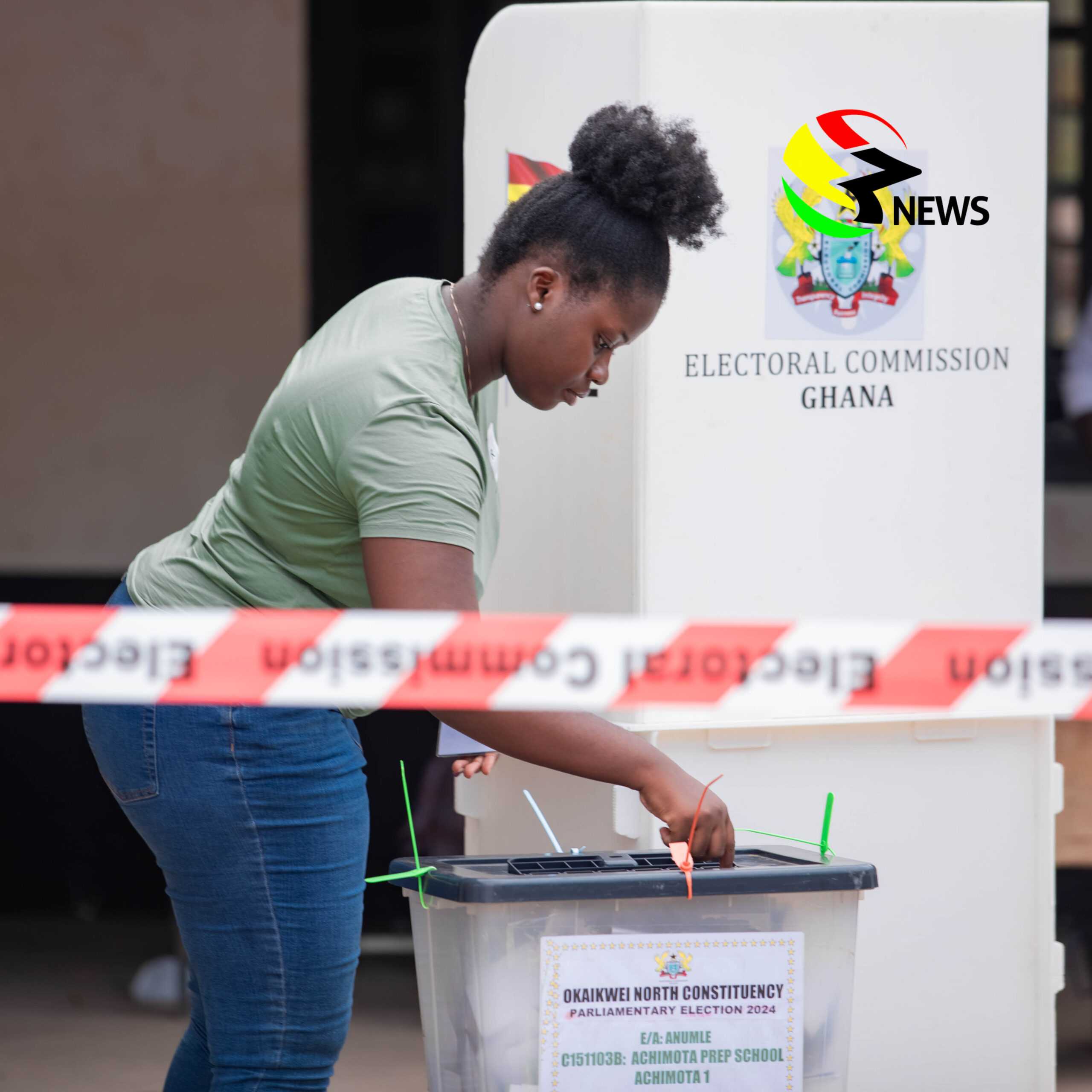NASA's Electric Airliner Dreams Face Turbulence as Budget Cuts Threaten Hybrid Flights and Could Spark a New Era of Private Innovation in US Regional Travel
Wednesday, July 2, 2025

NASA’s electric airliner dreams hang by a thread, facing turbulence as sweeping budget cuts threaten to derail hybrid flights across the US. Meanwhile, whispers of a new era stir, hinting that private innovation could surge to rescue regional travel. The skies are shifting fast.
Budget cuts slash deep, carving uncertainty into NASA’s path. Hybrid flights stand poised between promise and peril. Could electric airliners vanish before ever soaring freely? Or might bold private players seize this chaos to revolutionize US regional travel?
Tensions crackle as technology, politics, and business collide. The stakes stretch far beyond NASA, reaching into the heart of how Americans will fly tomorrow. Suspense grips the industry. Travelers wait breathless. The dream teeters on the brink, caught between turbulence and thrilling possibility.
One question pulses through every engine and boardroom: Will budget cuts kill electric airliner dreams—or spark a new age of private aviation dominance in US regional skies?
A seismic shift is rattling the foundations of American aviation. As NASA braces for a staggering 34% cut to its aeronautics research budget, the future of hybrid-electric regional flights—once a bright promise for travelers craving sustainable journeys—is now clouded by uncertainty. Yet, a determined cohort of innovators is refusing to ground their ambitions.
At the heart of this unfolding drama is Magnix, a Washington-based electric propulsion trailblazer with a mission to redefine regional air travel. Despite the Trump administration’s proposed slashing of NASA’s aeronautics research spending from $935 million to just $588.7 million for fiscal year 2026, the company is moving forward. Magnix continues developing an entire hybrid-electric propulsion system, from batteries to cutting-edge motors, poised to power the next generation of cleaner, quieter aircraft.
This vision is not merely academic. Regional tourism economies have pinned hopes on hybrid-electric aircraft, which promise to slash fuel costs, reduce emissions, and open new point-to-point air routes. From the Pacific Northwest to New England, smaller airports stand to gain as sustainable planes make short-haul hops more affordable and frequent. However, looming budget cuts now threaten to stall this momentum precisely when travelers and tourism operators are hungrier than ever for innovation.
Meanwhile, the Electrified Powertrain Flight Demonstrator (EPFD) initiative represents a pivotal effort to bring these breakthroughs to life. Under this program, Magnix and GE Aerospace were tasked with proving that hybrid propulsion can deliver real-world reliability at altitude. For Magnix, the centerpiece of this effort is the transformation of a De Havilland Dash 7, a regional workhorse set to become a flying testbed. Engineers are replacing one of the aircraft’s four traditional turboprop engines with a state-of-the-art Magni650 electric propulsion unit, preparing for a first phase of flight trials in 2026.
These tests are critical for aviation’s clean energy transition. Success would establish a template for retrofitting thousands of regional aircraft globally, unlocking new routes and cutting operating costs for carriers battered by volatile fuel markets. But the clock is ticking. If the funding gap persists, vital milestones could slip, and the ripple effects will hit airports, airlines, and communities counting on hybrid-electric solutions to power tourism growth.
GE Aerospace, for its part, has its own ambitious demonstration underway. The company is developing a megawatt-scale hybrid propulsion system designed to power a modified Saab 340B. Under its $179 million project, GE has already completed high-altitude tests at NASA’s Electric Aircraft Testbed (NEAT) in Sandusky, Ohio, where simulations recreated cruising conditions at 31,500 feet. These experiments showed that hybrid systems can maintain performance and reliability even in thin air—a critical hurdle for certification and commercial rollout.
Despite the gathering storm clouds, Magnix is pushing ahead with determination. With decades of pent-up demand for more efficient regional travel, the stakes are too high to simply walk away. Private investment, partnerships with forward-thinking airlines, and support from state-level transportation authorities could help bridge the funding chasm. This defiant spirit signals that while federal budgets may fluctuate, the drive to revolutionize aviation remains unshakable.
Meanwhile, tourism operators are recalibrating their forecasts. Sustainable air travel has been a cornerstone of marketing campaigns promoting eco-friendly getaways and carbon-neutral business travel. If demonstration timelines slip, those plans could face a cascade of delays, dampening traveler enthusiasm and forcing airports to defer infrastructure upgrades tailored to hybrid-electric aircraft.
Yet amid the uncertainty, a deeper truth has emerged: the vision of a cleaner, quieter regional air network is too compelling to abandon. The travel industry stands at an inflection point where innovation and necessity converge. With commercial aviation responsible for nearly 3% of global carbon emissions, hybrid propulsion offers a credible pathway to decarbonize short-haul routes. Every delayed milestone is a lost opportunity to cut emissions, build resilience against fuel shocks, and give travelers guilt-free options to explore new destinations.
Moreover, the narrative unfolding now will shape public perception and policy for years to come. Travelers are increasingly aware of their environmental impact. Airports and airlines that champion sustainability are winning loyalty among younger demographics who value climate action as much as ticket prices. If the United States stumbles on hybrid-electric innovation, it risks eroding trust and squandering a competitive advantage.
As the final funding decisions approach, all eyes are on Congress, where lawmakers must weigh the immediate budget pressures against the long-term benefits of decarbonized air travel. For regional tourism economies hoping to spark a renaissance in connectivity and growth, the stakes could not be higher.
In the end, this is more than a battle over dollars and contracts. It is a defining test of America’s willingness to lead the future of sustainable tourism. Whether through federal support, private investment, or a groundswell of grassroots demand, the momentum behind hybrid-electric flight shows no signs of slowing.
And as budget negotiations grind on, one fact remains clear: travelers, airlines, and tourism-dependent communities will not wait forever. The world is already moving toward cleaner skies. The only question is whether the U.S. will lead or watch from the terminal as others taxi ahead.
«Enjoyed this post? Never miss out on future posts by following us»












